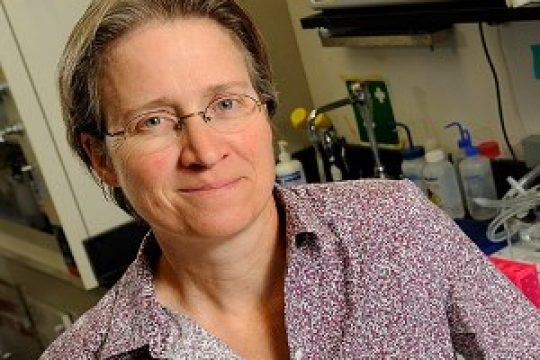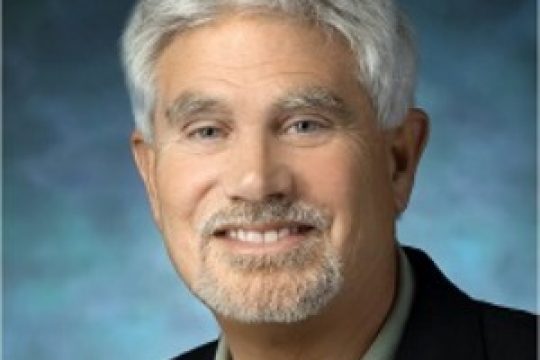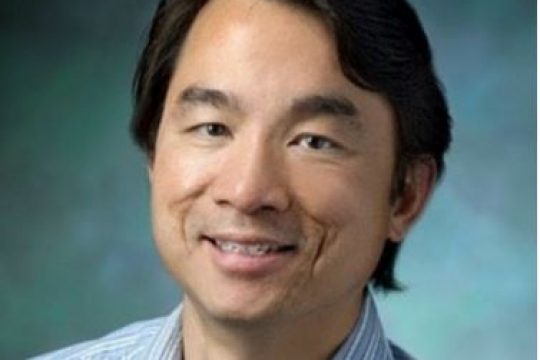The ribosome is a complex molecular machine that translates the genetic code into functional polypeptides. Our work focuses on understanding how the ribosome functions at a molecular level and how changes in its activity lead to mRNA quality control...
Our laboratory studies the basic molecular mechanisms of programmed cell death, an evolutionarily conserved process to eliminate cells. Because these pathways normally contribute to the millions of cell deaths that occur per day per individual, defects in cell death...
Mechanisms of gradient sensing and chemotaxis are conserved in mammalian leukocytes and Dictyostelium amoebae. Both cells use G protein linked signaling pathways. PH domains specific for PtdIns(3,4)P2 and PtdIns(3,4,5)P3 bind to the membrane at the leading edge of the...
Research Focus Our research focuses on “synthetic cell biology” to dissect and reconstitute intricate signaling networks. In particular, we investigate positive-feedback mechanisms underlying the initiation of neutrophil chemotaxis (known as a symmetry breaking process), as well as spatio-temporally dynamic...
Chemotaxis plays a key role in immune response, wound healing, angiogenesis, and embryogenesis as well as mediating cancer metastasis. Research in Dictyostelium discoideum has shown that chemoattractants are sensed by GPCRs and rapidly trigger a complex network of signaling...
Our lab seeks to understand mechanisms employed by cells and tissues to maintain metabolic homeostasis. We are broadly interested in how secreted hormones control various aspects of sugar and fat metabolism. Our current efforts centered on addressing how fat...
Auditory hair cells, located in the inner ear cochlea are critical for our ability to detect sound. In mammals, neural innervated hair cells come in two flavors: inner hair cells, which are our primary mechanoreceptor and relay sound information...
The focus of our research is to identify mechanisms of protein synthesis-dependent neuronal plasticity. The approach uses differential cloning techniques to identify mRNAs that are rapidly induced in neurons by synaptic activity. Classical studies established that rapid, de novo...
My laboratory focuses on developing novel single-molecule imaging tools in live cells to probe various dynamic aspects of cellular processes. We develop single-molecule gene expression reporting systems and chromosomal DNA conformation markers to probe the dynamics of gene regulation...
Our laboratory is interested in the area of sensory transduction: specifically visual and olfactory transductions, which are the processes by which the senses of vision and olfaction are initiated. These two processes have interesting similarities and differences. Vision can...










